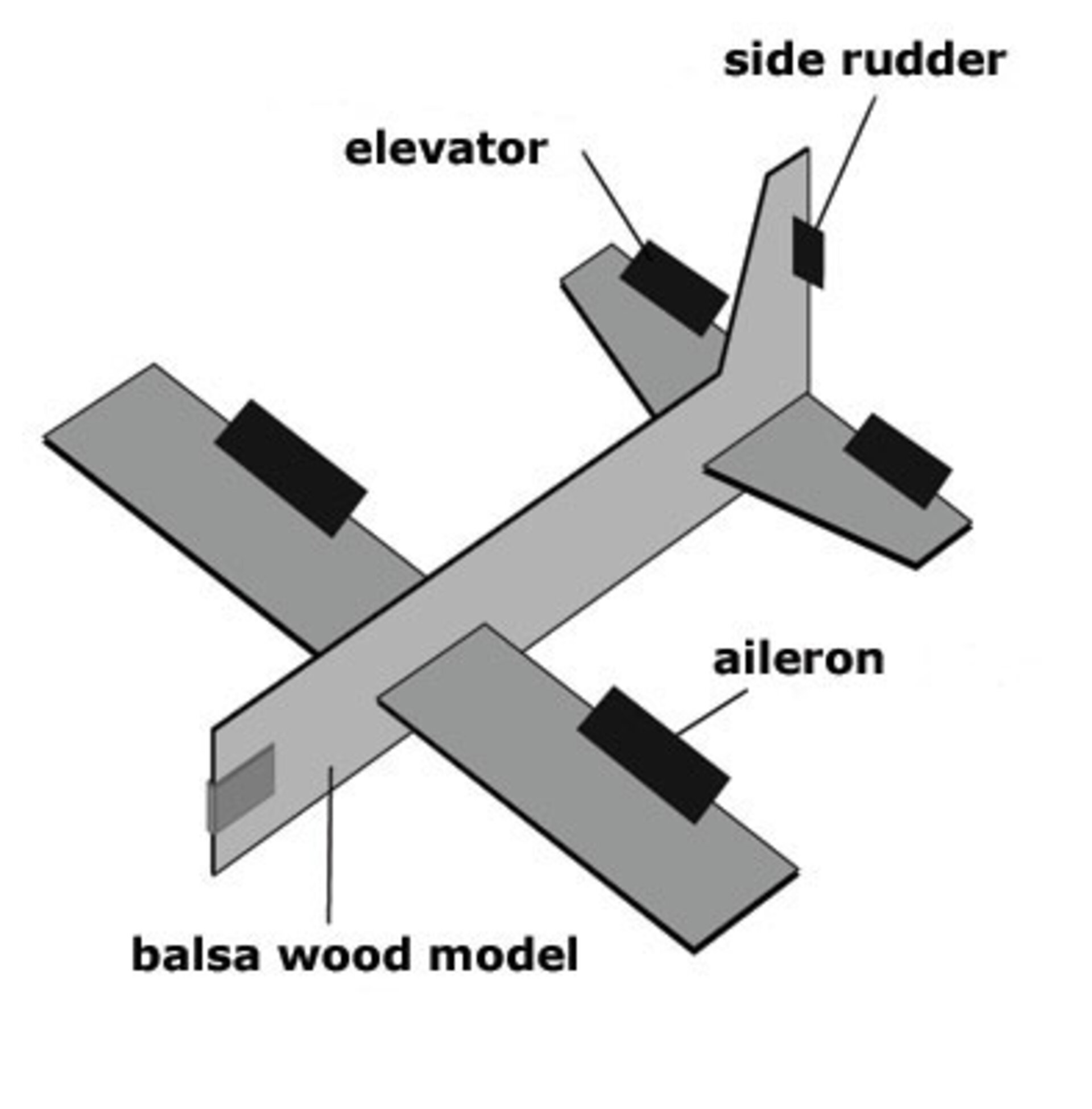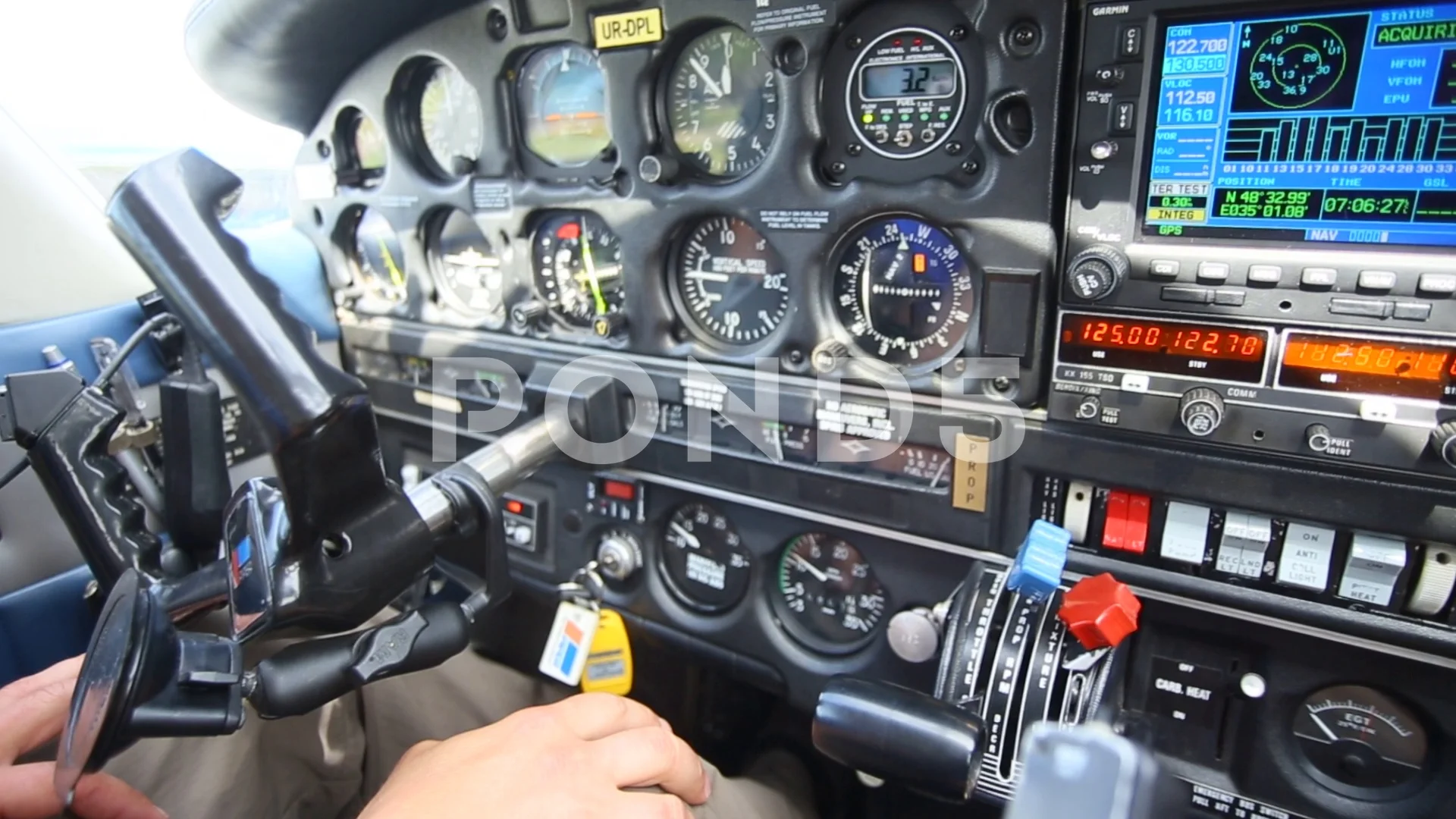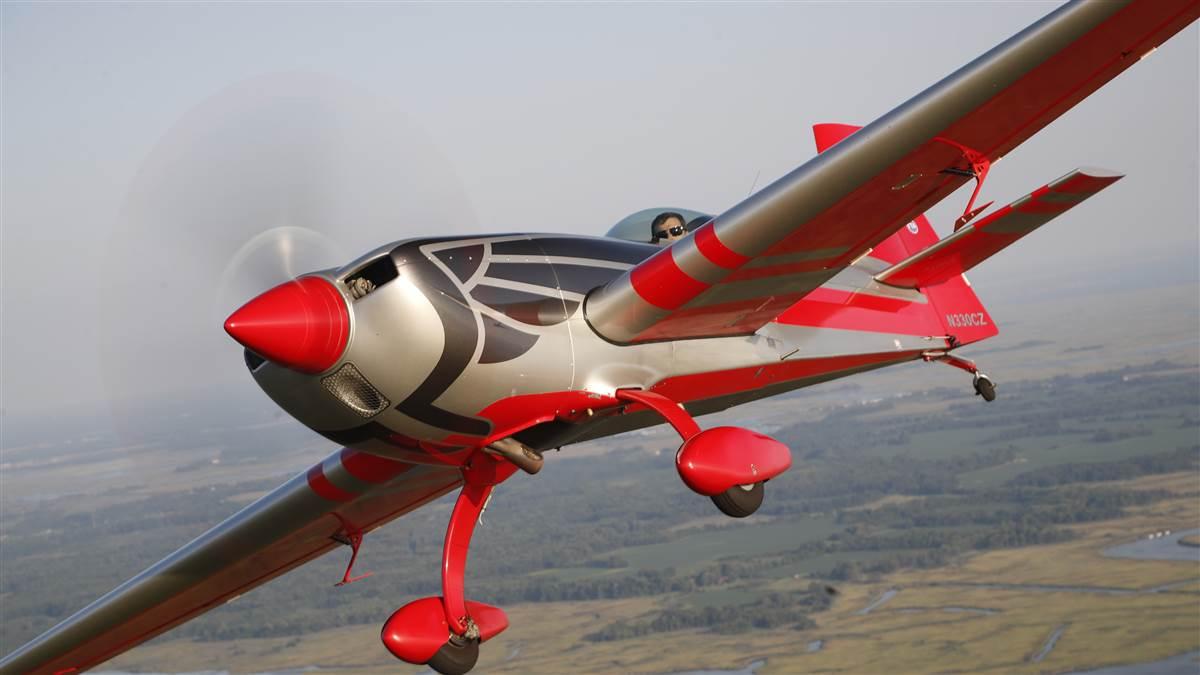Steering Aircraft - During takeoff, pilots use other control mechanisms to steer airplanes. They'll typically still adjust the tiller to ensure the airplane is aligned with the runway, but they other steering techniques as well, including throttling. With throttling, the pilot can control the amount of power produced by the engines.
While this does not necessarily change the direction of airplanes, it allows pilots to achieve and maintain an appropriate speed. Yes! All tricycle gear aircraft with a nose wheel must allow the nose wheel to turn at least a little bit.
Steering Aircraft

The 172 allows the rudder pedals to give up to 10° of wheel movement while differential braking will make the wheel move up to 30°, this is outlined in Section 7 of the 172 POH (I won't link the entire POH here, but
Steering An Aircraft
this is the excerpt): How does the tiller work exactly? In the cockpit, the tiller is simply a steering wheel. However, it's directly connected to the airplane's front landing gear wheels. Therefore, turning the tiller causes the airplane's front landing wheels to turn in the same direction.
Of course, turning the tiller only works when the airplane is on the runway. If an airplane is off the ground — even by just a few feet — the pilot must adjust the airplane's ailerons to steer it.
Turning the tiller only changes the direction of the airplane's front landing gear wheels, making it ineffective when the airplane is in the air. In manual flight, an aircraft is controlled by pilot manipulation of the flight controls.

Movement of the control yoke, control column or control stick (as fitted) and the rudder pedals result in corresponding movements of the aircraft control surfaces (ailerons, elevator and rudder) which in turn cause the aircraft to rotate around any or all of the three
Tutorial Series
axes of rotation. The trim systems are then used to eliminate control pressure and maintain the desired aircraft attitude. An autopilot reduces pilot workload by guiding an aircraft using computer input instead of direct control manipulation.
The pilot controls the autopilot strategically by making appropriate inputs to the flight management system (FMS) or tactically by manipulating the autopilot pitch, roll and altitude controls. CWS, in either of its variants, provides an additional degree of refinement to the pilot-autopilot interface.
Have you ever wondered how pilots steer airplanes on the runway? When flying, a pilot can control an airplane by adjusting the ailerons. The pilot essentially adjusts the ailerons — flaps found on the edges of the wings — in the desired direction.
If the pilot wants to turn right, for example, he or she can adjust the ailerons to point left. On the runway, however, adjusting the ailerons won't affect the direction in which the airplane is traveling.

Cws Variant One - Tcs
Instead, pilots must rely on other solutions to steer airplanes on the runway. Pilots primarily use a control mechanism known as a "tiller" to steer airplanes on the runway. While often used to describe a soil-shuffling garden tool, the term "tiller" is also used to describe a control mechanism found in the cockpits of many commercial airplanes.
The tiller typically resembles an automotive steering wheel, and like regular automotive steering wheels, turning it results in a change of direction. If the pilot wants to steer the airplane left, he or she can turn the tiller to the left.
The transmitter shown is a Mode 2 transmitter. This means that the Throttle/Rudder stick is on the Left, and the Elevator/Aileron stick is on the right. Mode 1 transmitters have the sticks switched, and are much less common.
All Parallax guides and literature assume the use of a Mode 2 transmitter. If an airplane attempts to take off too fast, the pilot may inadvertently break the airplane's front landing gear wheels by adjusting the tiller.
Cws Variant Two - Cws Mode
To prevent this from happening, pilots use throttling. Throttling simply refers to adjusting the power produced by the airplane's engines. If the airplane is going to fast, the pilot can turn down the power to maintain control during takeoff.

On 13 February 2019, a Boeing 737-800 en-route over the southern Adriatic Sea unexpectedly encountered severe clear air turbulence and two unsecured cabin crew and some unsecured passengers were thrown against the cabin structure and sustained minor injuries.
The Investigation found that the Captain had conducted the crew pre-flight briefing prior to issue of the significant weather chart applicable to their flight by which time severe turbulence due to mountain waves at right angles to an established jetstream not shown on the earlier chart used for
the briefing was expected at a particular point on their route. The term "control wheel steering (CWS)" is used interchangeably to describe one of two significantly different autopilot modes or functions. The variance depends upon the type of autopilot and the aircraft manufacturer.
In one application, the yoke-mounted CWS button, which in many aircraft types is referred to as touch control steering (TCS), controls the temporary disengagement of the autopilot servos whilst the aircraft is maneuvered manually. In the other, CWS is a selectable autopilot mode which allows the changes to aircraft pitch and roll through manipulation of the control wheel instead of using pitch or roll selectors on the autopilot control panel.
In the second variant, aircraft response to control wheel movement, whilst in CWS mode, is somewhat similar to that of a fly-by-wire installation. In a typical CWS installation, the autopilot mode control panel (MCP), instead of a simple ON/OFF selection, will have three possible modes - ON, CWS and CMD (Command).

With the autopilot OFF, the pilot controls the aircraft conventionally using the flight controls. In CMD mode, the autopilot is fully engaged and will command the aircraft to climb, descend or maintain level flight depending upon pilot input via the autopilot control panel (ACP) or the FMS.
In CMD mode, the autopilot will also automatically follow the guidance of the selected navigation source or, when appropriate, follow the permanent flight display (PFD) heading "bug" based on pilot heading selections on the ACP. CWS mode lies between the two.
An RF transmitter (shown below) works by sending signals to a receiver on the aircraft. There are at least 5 channels (separate signals) that get sent to the aircraft, one for each control: Throttle, Rudder, Elevator, Aileron, and Gear.
There is no connection between the rudder or toe brake and the wheel (in the purest sense, the rudder pedals are also connected to the bungees for steering), the rudder pedals move the bungee system that puts pressure on one side or the other of the
torque link on the oleo strut. The special, classroom-ready series pages are organized collections of tutorials for our most popular hardware and/or languages. The tutorials for each topic are conveniently accessible from a single page, shown in the order it is recommended that they be completed.

Good Morning Knight, I'm a Cessna 172S, 172N, 172R pilot with over 60 hours on type. When turning a 172 I use the rudder pedals with the toe breaks to turn. The nose wheel does turn as if you look at an aircraft nose wheel no straight you see the rudder is slightly out.
I would suggest having a chat to a Flight instructor to be able to look more in-depth with your questions and being able to see it practical The TCS variant of CWS is the one that is more frequently encountered.
It is fitted in many different aircraft types from (autopilot equipped) light general aviation (GA) aircraft such as the Cessna 182 Skylane, to business aviation jets such as the Gulfstream Aerospace Gulfstream 5 and is found in commercial airliners such as the Embraer ERJ 190
-100. Most manufacturers, in their documentation and switch placarding, refer to this autopilot feature as "touch control steering" or "TCS" but there are some that identify the capability as CWS. The more sophisticated CWS mode can be found on many older versions of the Boeing 737 as well as the Lockheed Orion and other aircraft types.
In this mode, the control yoke can be used to maneuver the aircraft while the autopilot control servos remain engaged. Although a multirotor sUAV does not have flaps, it is able to simulate the effect of control surfaces by controlling the speed of each of its motors individually.
So, the same transmitter 5 channels, with the same names, are also used when flying an sUAV. Let's look at each channel – one at a time – in the next section. The Cessna 172 (152, 175, 177, and 182 as well as others) all use steerable nose wheel by pushing (not depressing) the rudder pedals in the direction you want to go.
If you want the nose to turn to the right, you push the right pedal forward, same as the left. You can augment this with differential steering if tighter turns are needed.
airplane steering wheel, experimental planes for sale, airplane steering wheel name, faa aircraft category and class, airplane steering wheel for pc, types of commercial airplanes, just aircraft superstol xl spec, aircraft carrier elevator design requirements
0 Comments